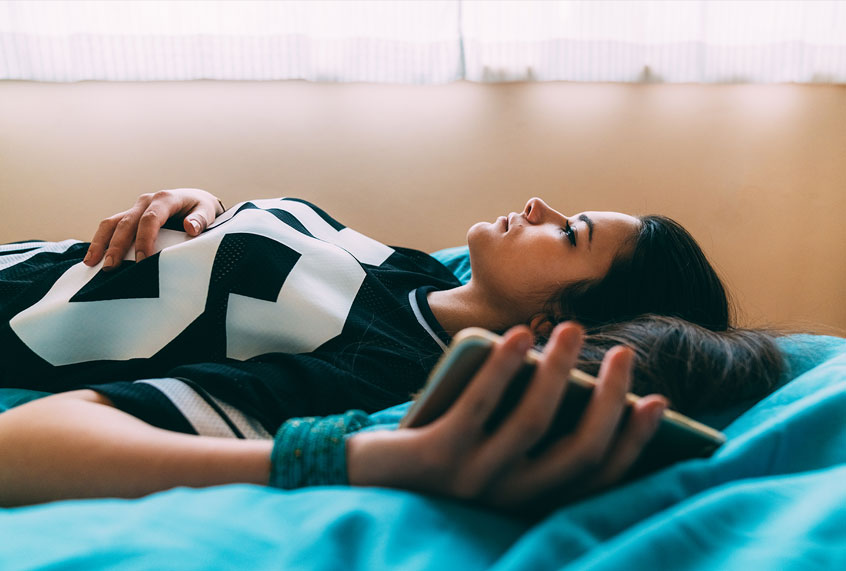Disaster movies like “Contagion” and “Outbreak” depicted pandemics as dramatic, even action-packed. It turns out the opposite is true: a nascent real-life pandemic problem, it seems, is that Americans are experiencing an uptick in boredom. In June, researchers at the University of North Carolina at Chapel Hill and Harvard released “The US National Pandemic Emotional Impact Report,” which found that 53% of Americans surveyed reported being more bored than before the advent of COVID-19.
Perhaps that’s why many are disregarding rules about quarantines and crowds as they go off in search of fun; indeed, a July study just published suggested boredom might be undermining health precautions such as social distancing and self-isolating. Another recent study indicated that Americans were drinking more alcohol during the pandemic; it was seen as a way to cope with boredom. “We are entering a new age of boredom,” Wired magazine opined, adding, “almost none of the sources of fulfillment we relied on . . . [in the past] are easily accessible.”
In the midst of the pandemic, Americans are having to learn how to deal with dullness — something they have been little accustomed to in recent decades. Our culture and our technologies have left us ill-equipped to deal with the monotony of staying home — of skipping parties, movies, amusement parks, and vacations, of cancelling the traditional excitements of summer, and instead accepting the repetitious routines of quarantine life.
Yet our current struggle with boredom would puzzle our ancestors, for boredom was not always a problem feeling. After all, boredom did not even exist as a word until the mid-19th century. (Bore and boring entered English only a little earlier.) While previous generations used words like dull and monotonous to describe tasks, days, and sermons, they did not have a word for the inner emotional state of under-stimulation until the 1850s; tedium and repetition were more expected parts of life, and less surprising. Indeed, they were regarded as the necessary cost of virtuous hard work. Little wonder that books with titles like “Blessed Be Drudgery” were popular reads in 1890.
It was only in the late 19th and early 20th centuries, with the rise of a consumer economy that promised excitement with every purchase, that boredom began to be framed as a problem. Phonographs, movies, radios all promised to solve that problem. “Banishes Boredom” proclaimed ads for Victrola phonographs, while the motion picture industry described its movie theaters as “happy haven[s]” to which “millions may confidently come for freedom from boredom and care.” Even Kellogg’s cereal variety pack vowed to end “breakfast boredom.”
As expectations for constant excitement and stimulation spread, psychologists reinforced the message that entertainment was an entitlement. In the 1930s, psychoanalyst Otto Fenichel claimed individuals had “the right to expect” some diversion from the world at large. By 1957, a Scientific American article was labeling boredom a “pathology.” The article’s author, Woodburn Heron, maintained that “Prolonged exposure to a monotonous environment . . . has definitely deleterious effects,” and endorsed the idea that humans needed variety. The willingness and ability to tolerate dullness and sameness was eroding. Over the course of the 20th century, advertisers, the entertainment and travel industry, and psychologists began to prime Americans to expect constant diversion, and to worry when it was lacking from their lives. By the 1980s, psychologists were developing a “Boredom Proneness Scale,” which would allow them to better identify and treat patients afflicted with the condition.
Boredom had become a problem emotion by the late 20th century. In the last few decades, as our digital technologies have offered us games, apps, music, and social media, our intolerance of monotony and our fear of boredom has only grown. The Onion famously mocked this distinctly modern sentiment in 2014, in a satirical piece titled “Americans Demand New Form of Media to Bridge Entertainment Gap while Looking from Laptop to Phone.” “According to reports from across the country, citizens are loudly calling for a device or program capable of keeping them captivated as they move their eyes from a computer screen to a smartphone screen, arguing that a new source of video and audio stimulation is vital to alleviating the excruciating boredom that currently accompanies this prolonged transition,” the authors wrote.
Or, as a twenty-one- year-old college student told us, “I think having technology at my fingertips makes boredom feel much more dangerous…. It’s like if you’re bored, fix it fast.”
None of these changes in American sentiment might seem to matter. Except that they do. Instead of tolerating a little monotony, we’ll gamble more than we should to avoid it. We’ll look at our smartphones while we drive—even though we know for darn sure that we shouldn’t. For the sake of a momentary jolt of dopamine, social media users will tweet away reputations that took years to build. And as the novelty of the first couple months of COVID-19 isolation have worn thin, that risk-taking, and that aversion to boredom, have only grown. Bars are filling up. Pictures of crowded beaches are making the news. Amusement parks have unlocked their gates. Resisting this is a slew of epidemiologists who have been advising us that the coronavirus pandemic is an occasion to spend time apart. But, in our boredom, the pandemic has all too often turned into an occasion to party.
We’re afflicted by a virus of recent origin. But our response to it is shaped by emotions that originate in the 19th century. Until we get a better handle on that past, and learn to cope with boredom, the epidemic is unlikely to go away.

